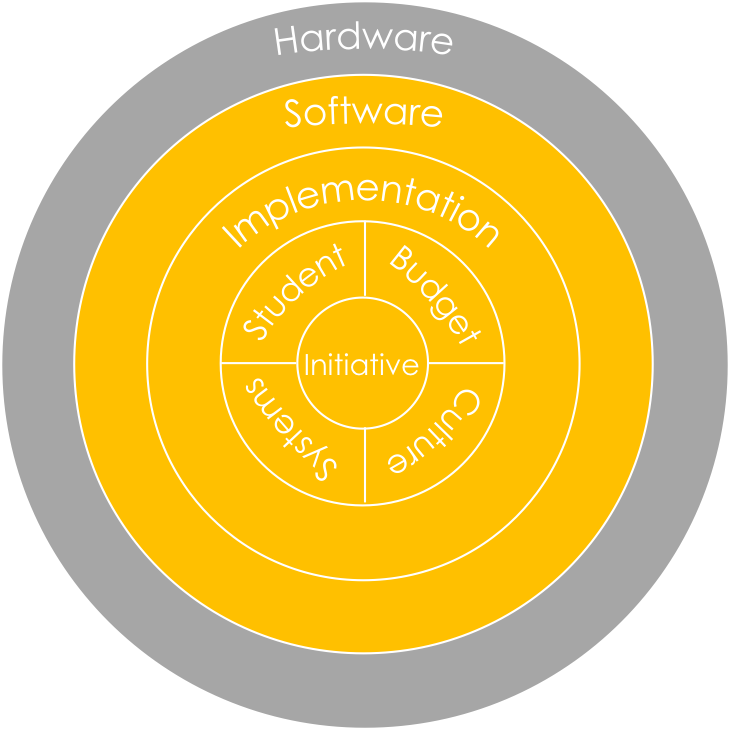Back when I was a student and using computers at school, there were only two serious choices: the original Macintosh or the Commodore 64. Nowadays things are a lot more complicated. Blended learning leaders have a seemingly endless list of devices to choose from and getting the decision right can save nearly as many headaches later on. Based on my experience supporting schools that work with Education Elements and grapple with these decisions, this blog should give you few hints on how you should go about making this choice.
What Not To Do
Leave the decision to your IT people alone. Your district or school, no doubt, has access to a wonderfully knowledgeable IT person. He or she would be the perfect person to make this decision right? Wrong! As good as your IT person / department is, they are unlikely to have as deep of an understanding of student needs or the objectives of your blended learning program as your teachers. By all means you should value their input, but do not just give the decision over to them. It should be a decision with multiple stakeholders all providing input.
Just buy the device that you the most familiar with. Everyone has their own personal favorite device, but the demands of your students may differ substantially from your own. Try to look beyond the obvious choices and examine a variety of options.
Purchase the devices without considering your overall blended learning strategy. A lot of factors go in to choosing the right device. Cost, compatibility and reliability are fairly obvious, but try to go beyond this. Think through how students will actually be using the device. Does it need to be portable? Is battery life a factor? Will they need to save work locally or use different programs? You do not want the device to drive your strategy or restrict your activities. The device needs to work for you.
What You Should Do
Try before you buy. A common mistake is to buy 50 devices before trying one. It is well worth the investment to buy a few devices (or borrow if you have the opportunity) and run them through their paces first. Check that they are compatible with the programs you want to use in your environment and ensure that they provide a positive user experience.
Consider the total cost of ownership. The purchase price of your device is not the only factor you need to consider. You should also take into account the cost of maintenance, installation, required security software, device protection options, required network upgrades, and replacement.
Plan for flexibility. Ideally you would select your devices based on the content you are planning to use them with. In reality, your blended learning plan is probably going to change more often than your hardware. It is best to select devices that not only support your current objectives, but also give you options in case you want to go in a different direction in the future.
Think about your IT infrastructure. Just because a device works great in a store or in your home does not mean that it will perform the same way in your district or school. If the school Wi-Fi is spotty; will students need to access network drives? How will adding new devices affect the network; do you have sufficient bandwidth be able to cope with the increase in traffic? It is important to consider all of these so you do not end up with devices you cannot use to their potential.
I would love to hear your stories of the mistakes and triumphs you have had with device selection. Please leave me a comment below or email info@edelements.com if you have any questions.

Hardware should be the last decision you make!